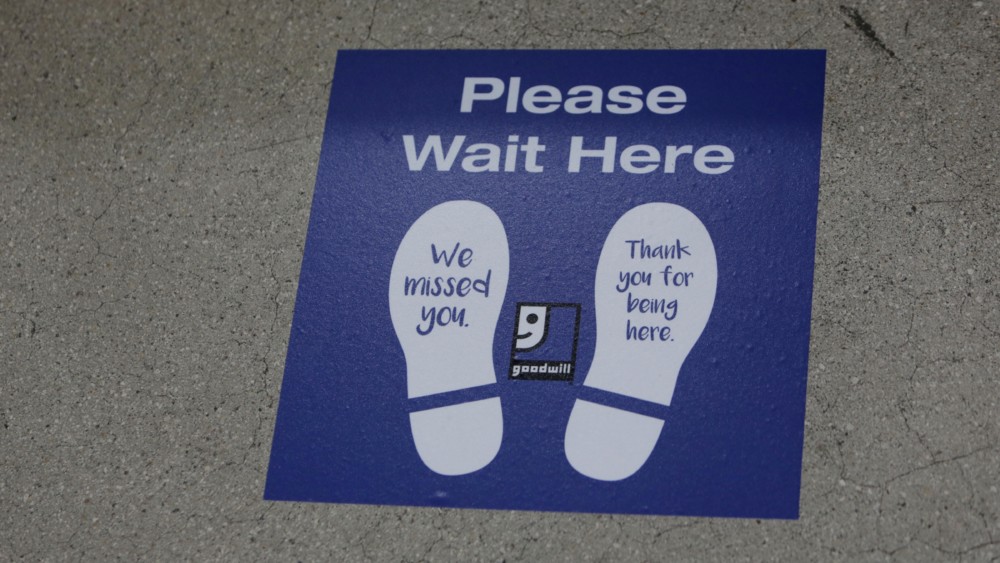By Mark Ferenchik
The Columbus Dispatch, Ohio
WWR Article Summary (tl;dr) Designers, architects and developers may have to begin to fully integrate the concept of “social distancing” when coming up with designs for future buildings and public spaces.
Columbus
The coronavirus pandemic has upended our lives over the past two months in every conceivable way. We’re now wearing masks, driving on freeways with little traffic, clicking on to Zoom meetings, and worrying about contracting the virus.
But what does this life-changing time mean in the short-term and long-term for our urban fabric? Parks and office spaces? Driving versus public transportation? Access to technology in our poorer communities?
“We have been given permission in this horrible situation to deal with issues that we have been ignoring that are in our faces now and solve them,” said Michael Bongiorno, managing principal & design director of the Columbus regional office of AECOM, an architectural, engineering and design company.
“All the old rules are gone.”
Bongiorno and others believe that this moment will have a lasting impact, and force leaders to make changes.
“One of the things this could do is force the hands of city leaders to do some thinking about planning cities on a holistic level as an economic system,” Bongiorno said.
Bongiorno said the stay-at-home order and closing of schools exposed the lack of access many homes have to technology, to laptops, to broadband service. How can kids learn from home if they can’t log on from home and libraries are closed?
“Sometimes they don’t have the devices,” he said. Leaders are going to have to address that, he said.
But it may also mean changes in other parts of day-to-day life that designers and architects and developers could integrate into buildings and public spaces.
Bongiorno said that could mean more “touchless” systems to turn on lights and open doors, for drinking fountains, retail store payments and transit fares.
They could either be biometrically controlled through sensors and facial recognition, or through personal devices.
He said it will certainly mean changes in the workplace, perhaps even through sensors that detect how crowded office spaces are.
“Make life safe. Not create a 1984 ‘Big Brother’ environment,” he said.
“Workplace well-being so far has been this fluffy extra thing that no one wanted to pay for in design so it always gets cast aside,” Bongiorno later said in an email.
“There is a real opportunity to show just how important workplace well-being is – remaining physically well to reduce risk of ‘underlying conditions’ and … just how important workplace culture and being part of a team is to mental health and longevity,” he said.
Dan Ayars, a principal architect with NBBJ, said building owners have to determine how many people will be allowed on elevators, which could be tricky in building where residents and office workers are in the same multi-use building.
“How do you move people safely, minimizing people coming in, moving up and down?” Ayars said.
Companies will in the short term likely be staging people to return to the office, if they return.
“Each company has got to find efficiencies of people staying home,” said Ayars, who said he expects less demand for office space.
Alyson Erwin, an interior designer for NBBJ, said the challenge is creating a workspace that people feel comfortable returning to.
“There’s going to be a need and expectation to feel safe in these environments,” she said.
Jordan Davis, the director of Smart Columbus for the Columbus Partnership, said some will hesitate about using public transportation or ride-share programs to return to work.
“There’s no question this is a really hard time,” she said. “A hard year ahead.”
Aaron Domini, a principal and senior planner from OHM Advisors, an architecture, engineering and planning firm, and an adjunct professor at Ohio State University’s Knowlton School of Architecture, said that with even more people used to shopping online, property owners are being forced to make decisions on the future of their shopping centers.
That could result in decisions to build housing on those sites, he said, or more green space.
“Retail was already on life support,” Domini said. “Now, we’re really going to be challenged to rethink a lot of centers.”
Bongiorno said while this is a difficult time to say the least, there is now some time to think about opportunities.
“This is not about recovering but re-imagining,” Bongiorno said.
mferench@dispatch.com
___
Distributed by Tribune Content Agency, LLC.














































































































































































































































































































































































